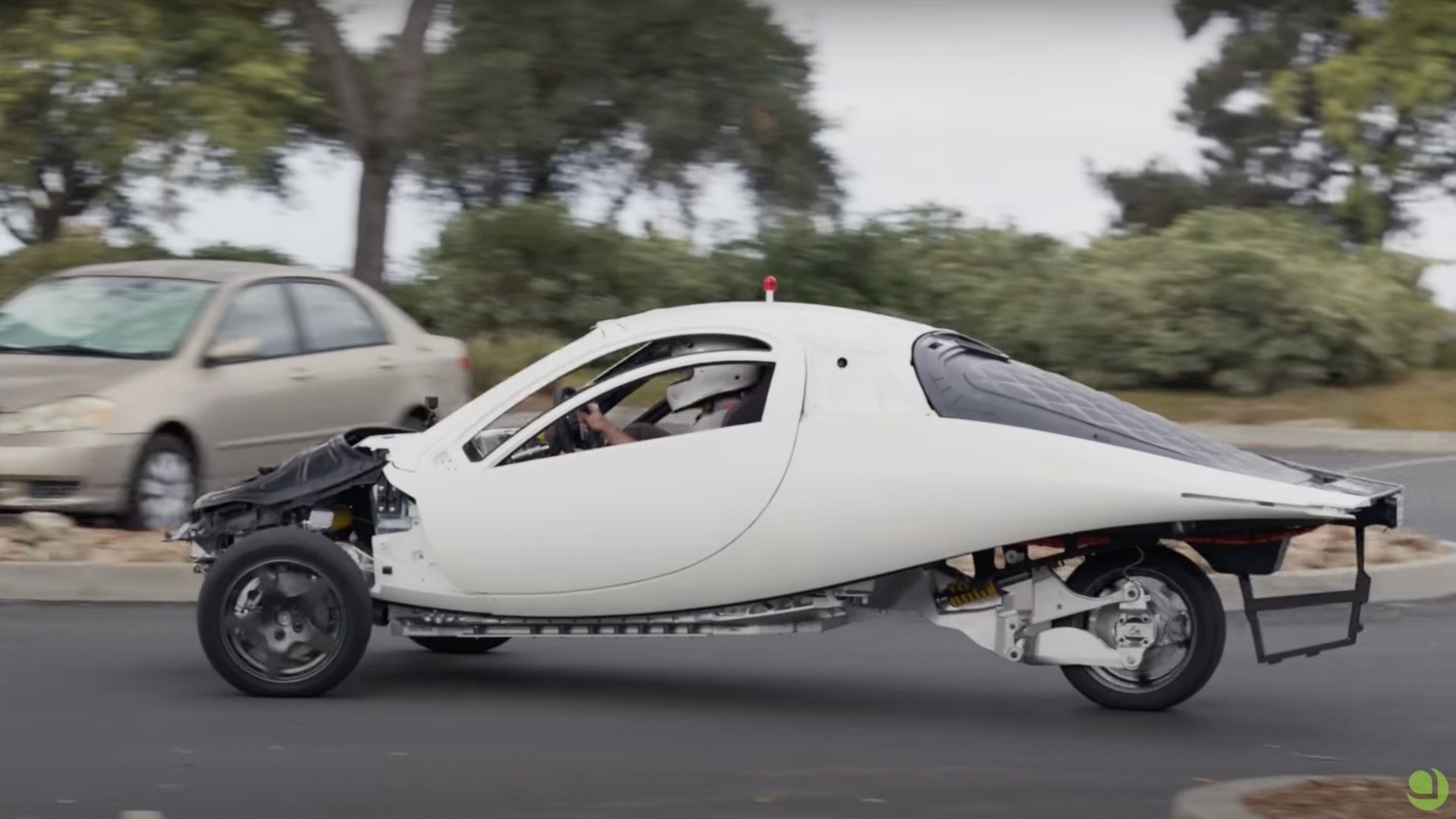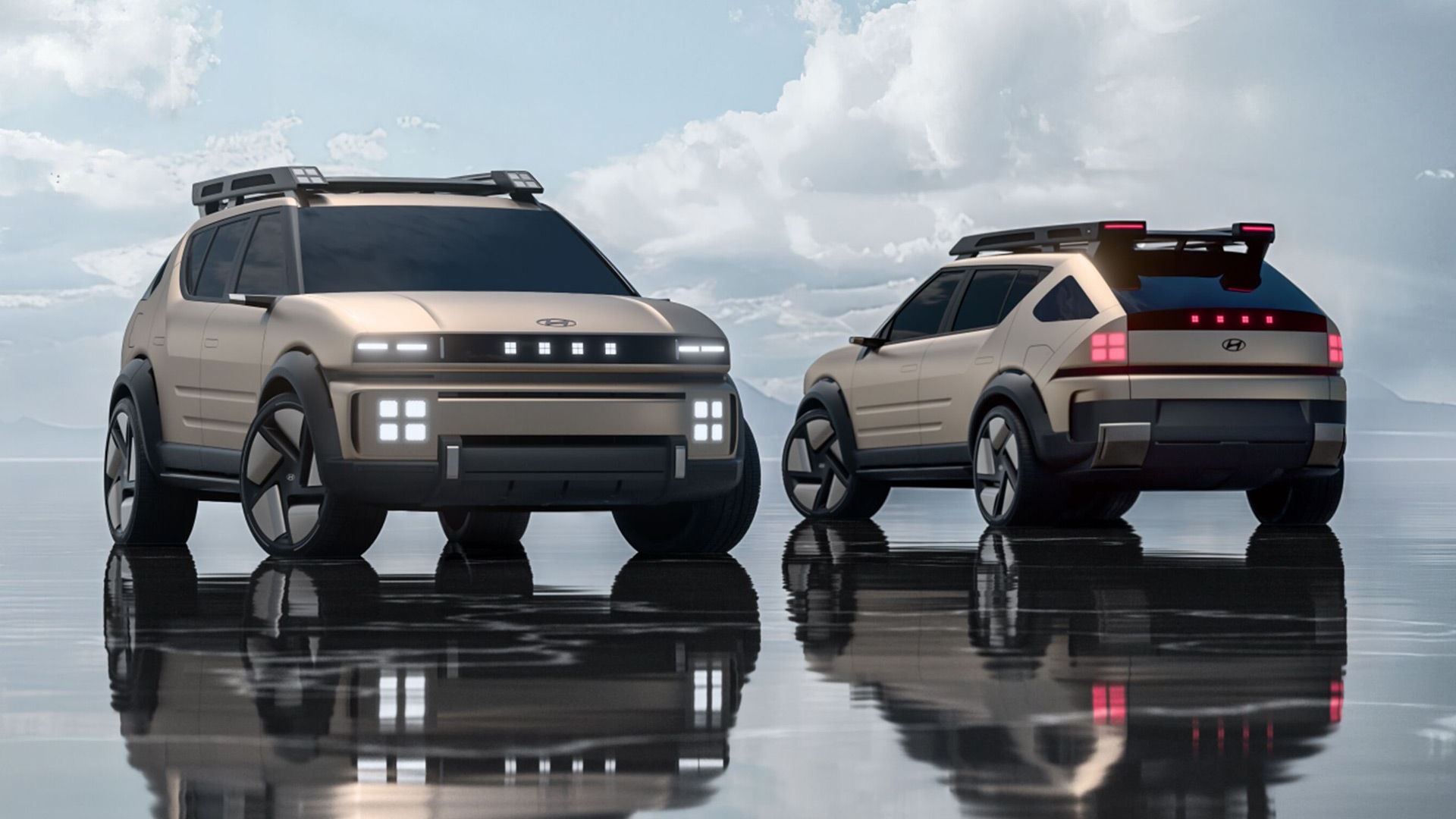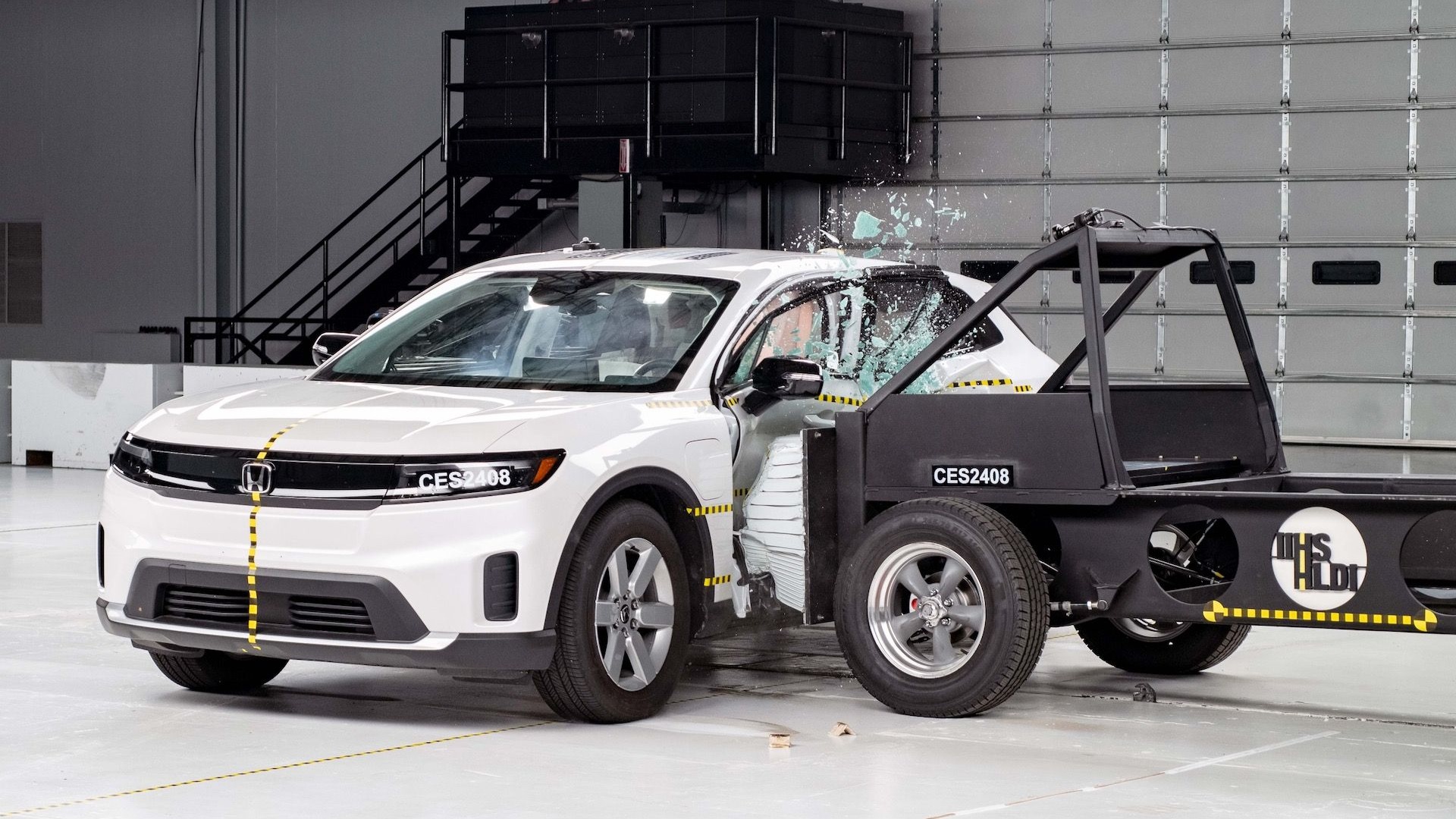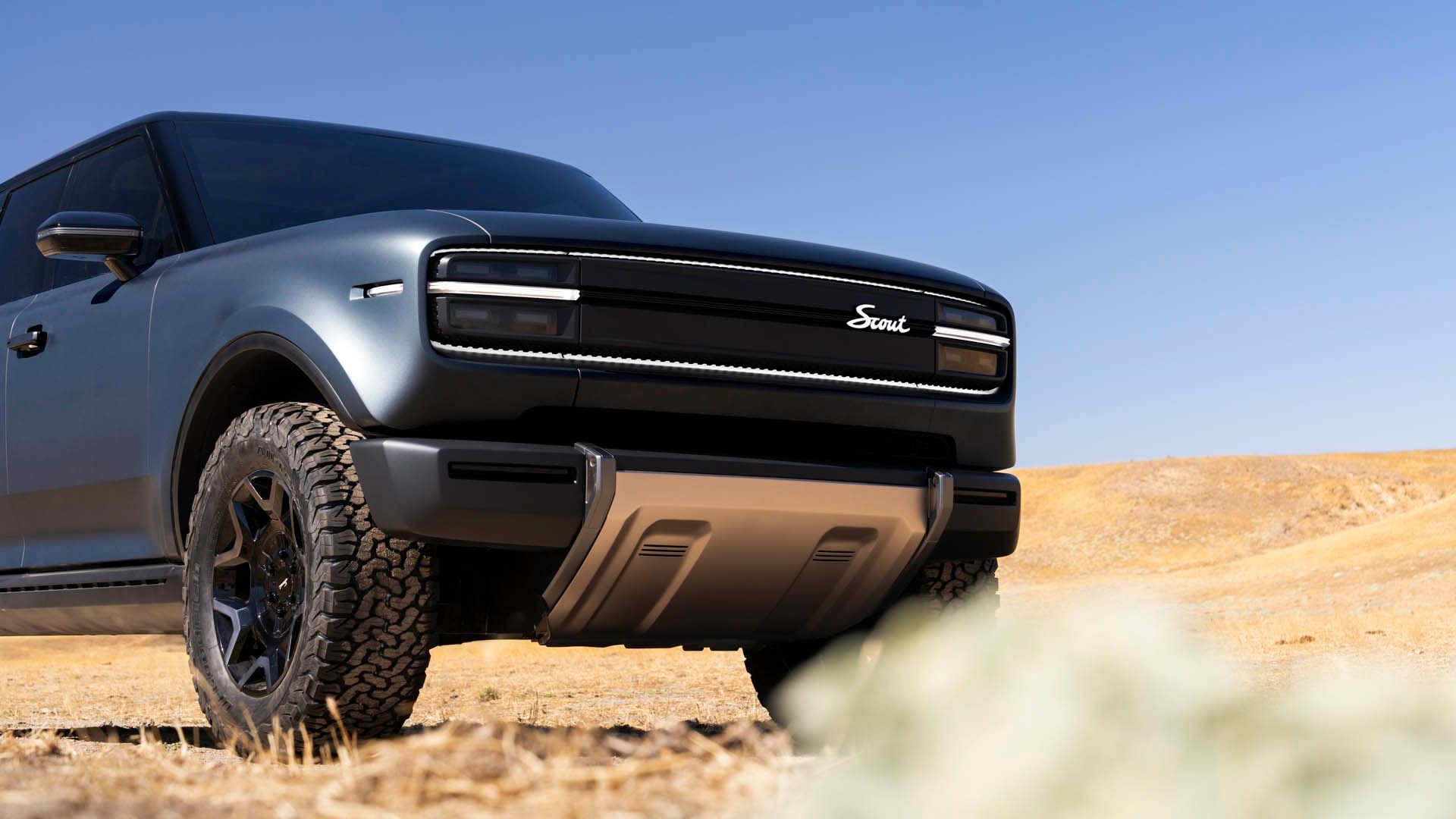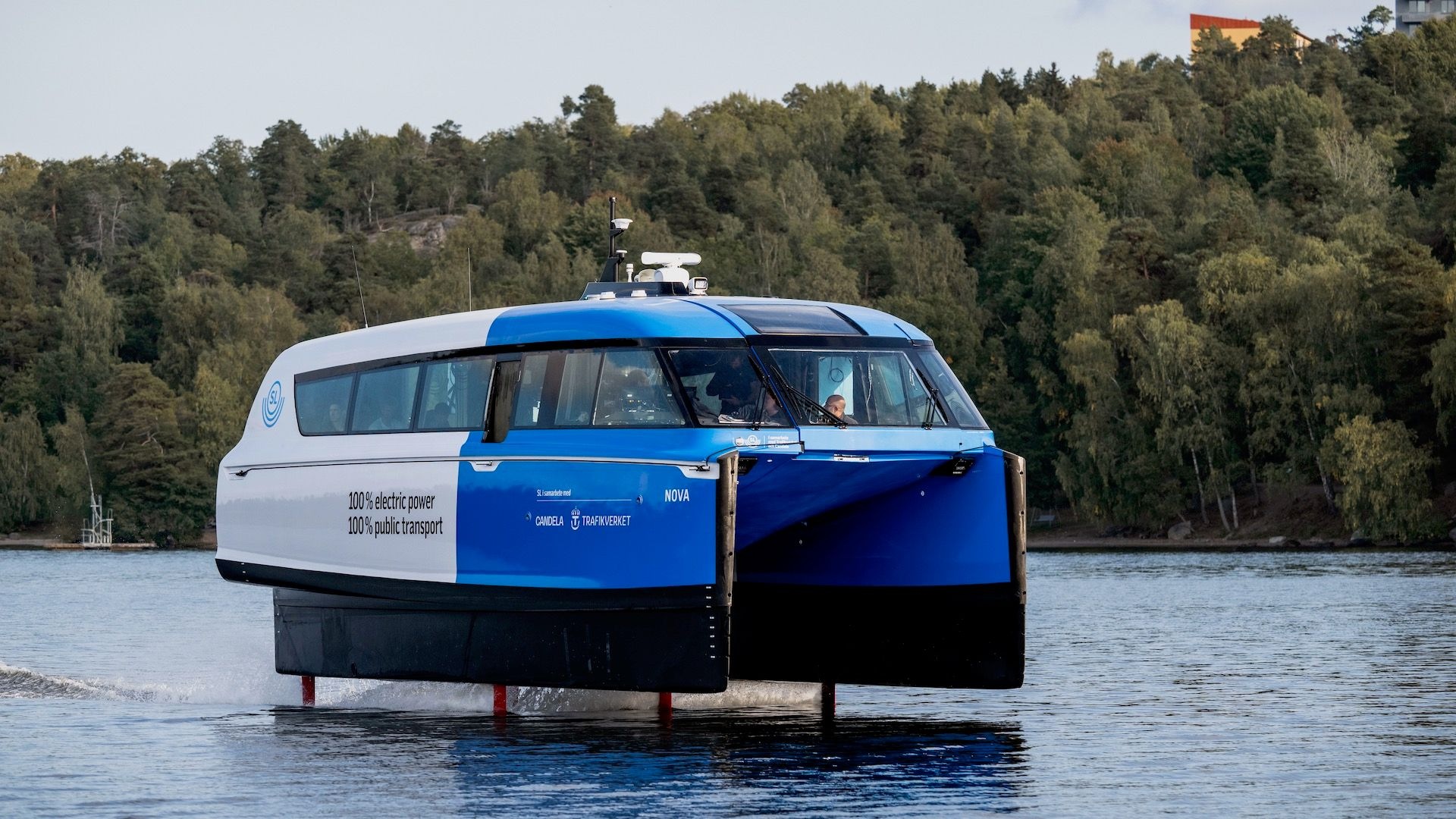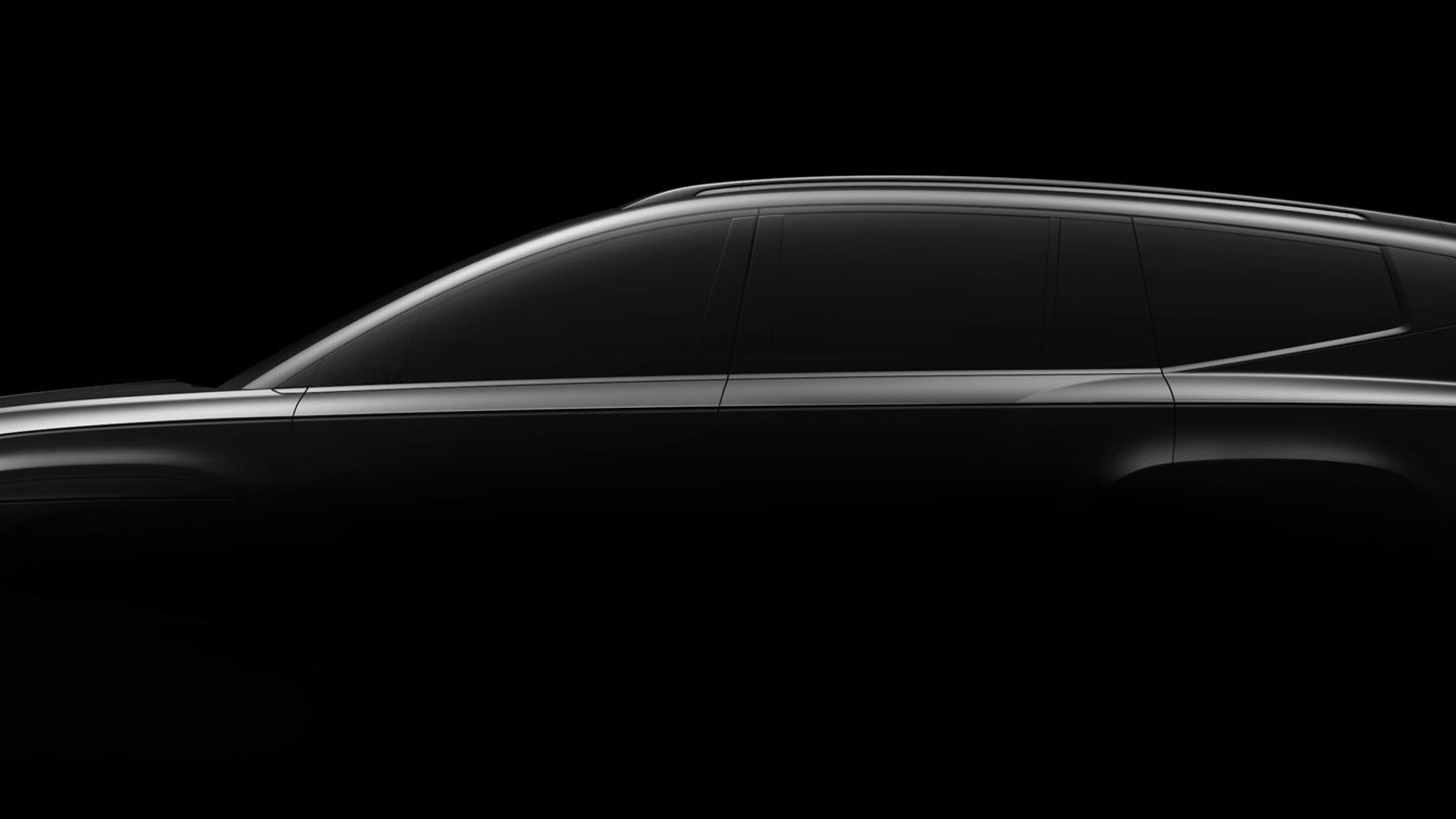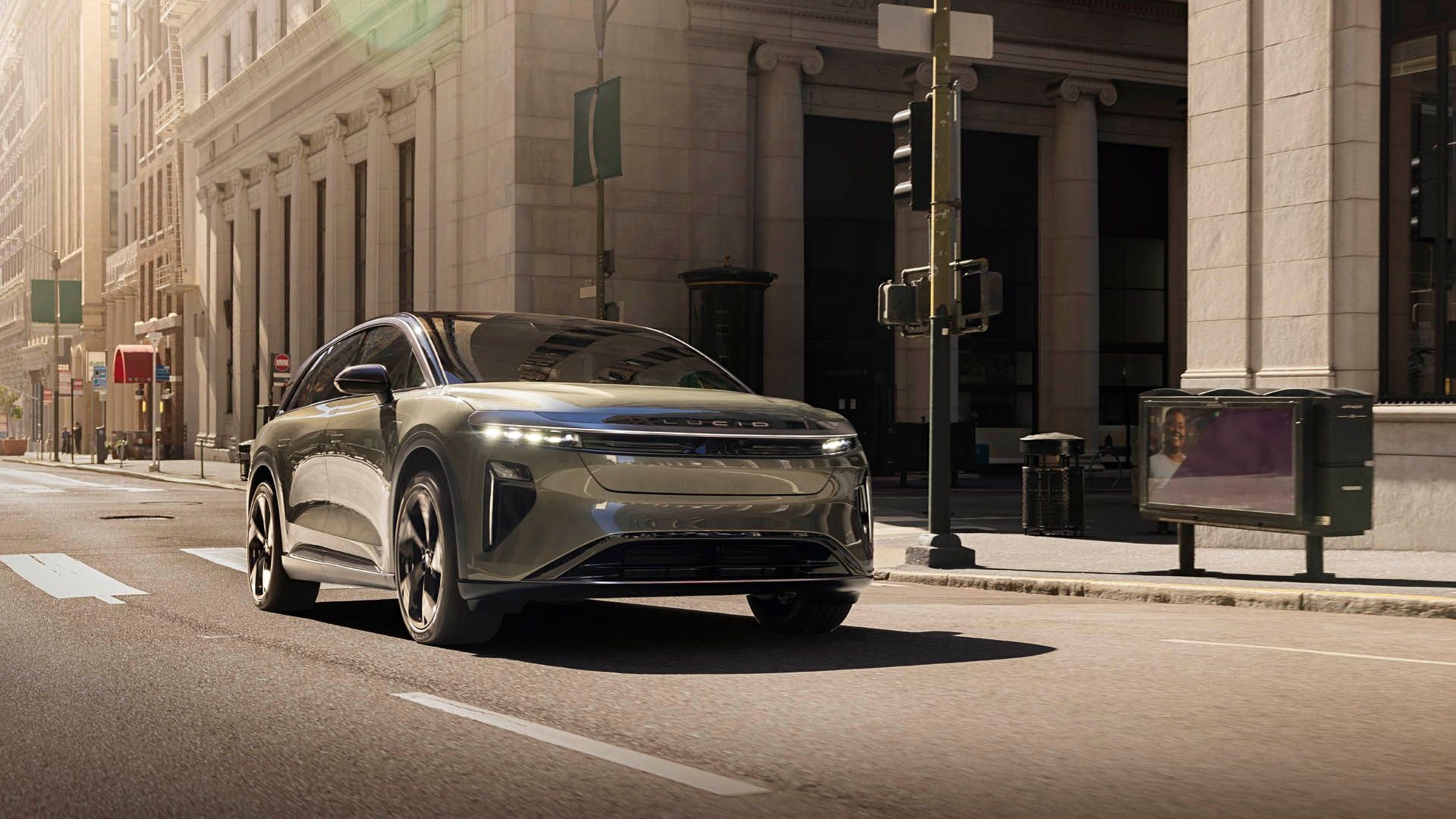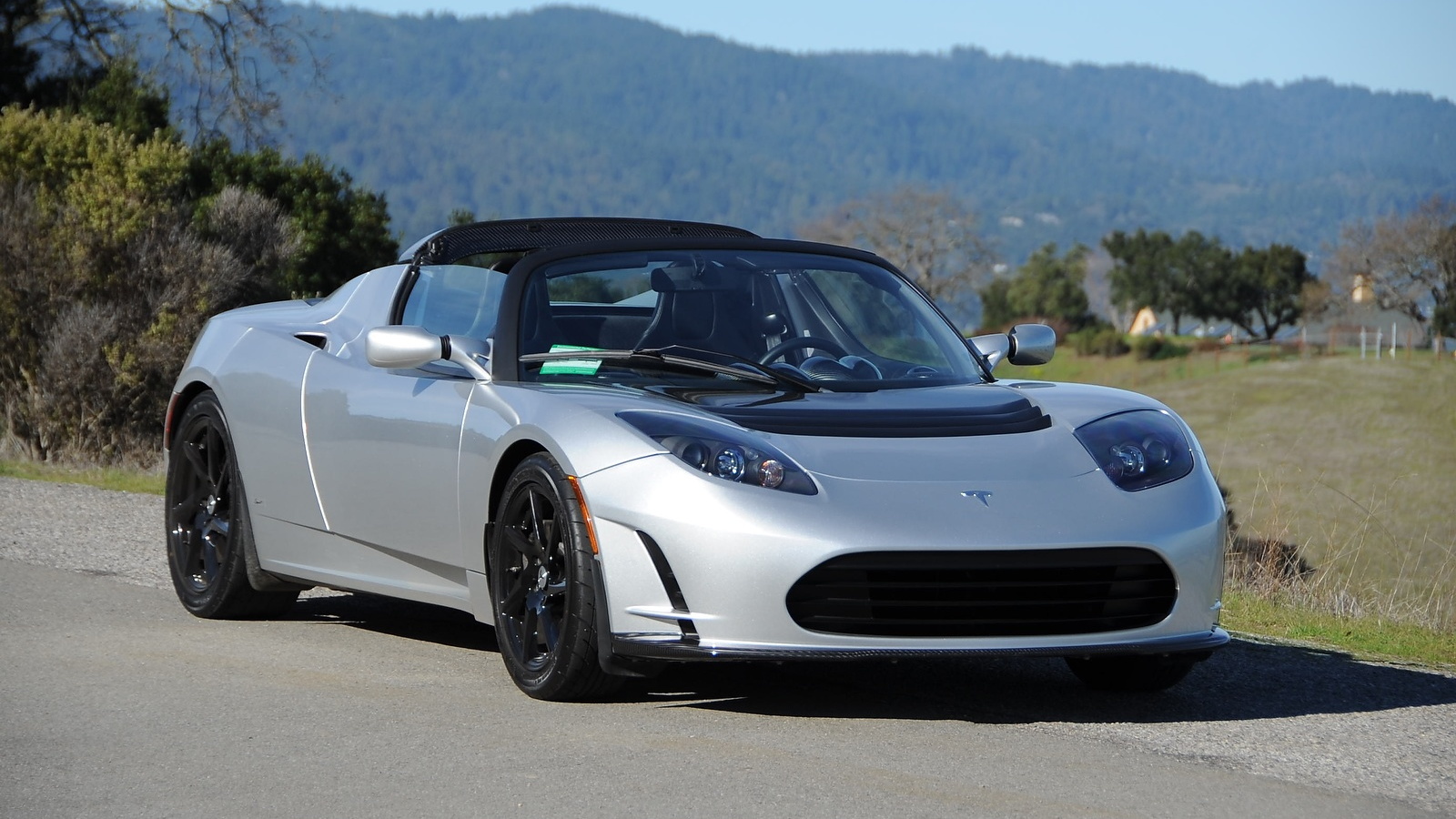Sometimes being a revolutionary requires a lot of personal sacrifice, and sometimes it doesn’t.
After one year of driving of a 2015 Nissan Leaf electric car, I was surprised to find that daily driving with a gasoline car requires more sacrifice than with my electric.
Like most people, before buying the Leaf, I had concerns about owning an electric car: battery range, charging, the impact of hot and cold weather, vehicle cost, depreciation, rebates and incentives, and more.
DON'T MISS: How I got a new 2015 Nissan Leaf electric car for $16K net (Feb 2016)
After a year of owning one, I’m no longer concerned about any of these.
Each morning, I simply get in the Leaf and drive to work. Each evening I drive home—the same as I have for decades in other cars I've owned.
About the only ritual that changed is that each morning, I spend 5 seconds unplugging the car. Each evening, I spend another 5 seconds plugging it in.
![2015 Nissan Leaf in front of Cheers Bar, Boston [photo: John Briggs] 2015 Nissan Leaf in front of Cheers Bar, Boston [photo: John Briggs]](https://images.hgmsites.net/lrg/2015-nissan-leaf-tk-photo-john-briggs_100593421_l.jpg)
2015 Nissan Leaf in front of Cheers Bar, Boston [photo: John Briggs]
The Leaf is clearly a nicer vehicle than the 2004 Toyota Corolla it replaced.
Much of that has to do with its modern features: backup camera, center console screen with navigation system, heated seats and steering wheel, auto-dimming mirrors, “leather” seats, Bluetooth phone pairing, USB port for music ... all of them features I’ve not had in other vehicles.
But the Leaf is certainly also a nicer driving experience. The car is unbelievably quiet.
READ THIS: Electric Cars' Secret Advantage: They're Just Nicer To Drive (Apr 2012)
Gone are the noises of the Corolla’s starter motor, followed by the revving of the engine which rises and falls with the manual shifting of the gears.
The leaf has no transmission or starter motor and its electric motor makes only a quiet humming noise.
Torque is delivered in a smooth and consistent manner under all conditions, something not possible in a gas or hybrid vehicle.
![2015 Nissan Leaf at Museum of Science, Boston [photo: John Briggs] 2015 Nissan Leaf at Museum of Science, Boston [photo: John Briggs]](https://images.hgmsites.net/lrg/2015-nissan-leaf-tk-photo-john-briggs_100593420_l.jpg)
2015 Nissan Leaf at Museum of Science, Boston [photo: John Briggs]
But, like all cars, there are disappointments with the Leaf.
Despite buying the top-end SL model, it doesn’t have modern driver aids like radar-based cruise control, or lane-keep assist, or automatic emergency braking.
The cargo bay under the hatch, despite being large, is poorly laid out, decreasing its usability. And the cargo-cover removal method is annoying.
CHECK OUT: How to buy an electric-car charging station: buyer's guide to EVSEs
In most cars, cargo covers can be snapped out and simply removed through the hatch.
To do that on the Leaf, at least one seat must be lowered, the cover then snapped out, twisted in just the right way—and only then it can be pulled out through the hatch.
It's a technique I've only recently figured out; I previously had to remove the cover by passing it first into the rear seats, then pulling it out a rear door.
UPDATE: Somewhat embarrassingly, readers have pointed out that there are instructions on the bottom of the cargo cover and that a technique does exist to remove it without lowering the seats.
![2015 Nissan Leaf at Lexington Minuteman statue, Boston [photo: John Briggs] 2015 Nissan Leaf at Lexington Minuteman statue, Boston [photo: John Briggs]](https://images.hgmsites.net/lrg/2015-nissan-leaf-tk-photo-john-briggs_100593422_l.jpg)
2015 Nissan Leaf at Lexington Minuteman statue, Boston [photo: John Briggs]
And don’t get me started on the Nissan smartphone app, which is almost unusably bad. It takes about 60 seconds simply to turn on the climate control, for instance.
Then, the next day, you have to force-quit the app on your phone to be able to turn on the heat again.
With all that said, an electric vehicle does require some change in behavior.
TRAVEL SAGA: 1,000-mile Nissan Leaf electric-car Northeast road trip: are we there yet?
Weekly trips to the gas station have been replaced with daily plugging in at home, which is both faster and more convenient.
My wife now actively regrets that she has to go to the gas station rather than simply plugging in so her Prius would be magically "full" every morning.
I installed a ChargePoint Home 25 charger (formally known as an EVSE) in my garage, right by the nose of the Leaf where the J1772 plug is located under a cover.
![2015 Nissan Leaf in front of Longfellow Bridge, Boston [photo: John Briggs] 2015 Nissan Leaf in front of Longfellow Bridge, Boston [photo: John Briggs]](https://images.hgmsites.net/lrg/2015-nissan-leaf-tk-photo-john-briggs_100593423_l.jpg)
2015 Nissan Leaf in front of Longfellow Bridge, Boston [photo: John Briggs]
Plugging in the car adds 25 miles of range in an hour. So If I come home from work and plug in, it will have fully recharged from my 20-mile commute by the time I need to go out again.
Fast charging at public locations (mostly with the EVgo network located at malls) greatly expands the Leaf's reach.
But after a 1,000-mile road trip from Boston to Silver Spring, Maryland, and back, I concluded my 84-mile Leaf is better suited to trips within the greater Boston metro area.
![2015 Nissan Leaf in front of Prudential and Hancock Towers, Boston [photo: John Briggs] 2015 Nissan Leaf in front of Prudential and Hancock Towers, Boston [photo: John Briggs]](https://images.hgmsites.net/lrg/2015-nissan-leaf-tk-photo-john-briggs_100593425_l.jpg)
2015 Nissan Leaf in front of Prudential and Hancock Towers, Boston [photo: John Briggs]
For longer trips, I will need to get a different vehicle. I'm mulling over the possibilities of a longer-range plug-in hybrid.
I've also weighed whether a 238-mile Chevrolet Bolt EV could meet our long-distance needs—given its 80-kilowatt maximum fast charging rate, and the present dearth of DC fast-charging sites around Boston that use the CCS standard.
No decisions yet.
![2015 Nissan Leaf energy efficiency after one year [photo: John Briggs] 2015 Nissan Leaf energy efficiency after one year [photo: John Briggs]](https://images.hgmsites.net/lrg/2015-nissan-leaf-tk-photo-john-briggs_100593417_l.jpg)
2015 Nissan Leaf energy efficiency after one year [photo: John Briggs]
Meanwhile, the Leaf's energy efficiency has ranged from a high of 4.2 miles per kwh in temperate June to a low of 2.9 mi/kwh in a cold December.
That leaves the summer efficiency 27 percent higher than the Leaf's EPA rating of 3.3 mi/kwh (using 30 kwh to cover 100 miles), no doubt helped by the low speeds of my city commute.
Pulling my credit-card records for the past few years revealed that I had been spending about $68 a month on gasoline to commute in my 2004 Toyota Corolla.
On the flip side, looking at my electric bills for the last 24 months shows I’m spending $47/month more on electricity than in previous years.
So there are some definite savings in the cost of operation, even with the high price of electricity (20 cents per kwh) here in Boston.
![2015 Nissan Leaf operating costs after one year [photo: John Briggs] 2015 Nissan Leaf operating costs after one year [photo: John Briggs]](https://images.hgmsites.net/lrg/2015-nissan-leaf-tk-photo-john-briggs_100593418_l.jpg)
2015 Nissan Leaf operating costs after one year [photo: John Briggs]
The Leaf itself was a bargain at a price of just $16,000 after generous federal and state subsidies combined.
Mechanically, the electric car has been flawless over the first year. I rotated the tires after the first 5,000 miles, and took it into the dealer for two recalls related to the telematics unit (a 3G upgrade) and the airbag sensor.
It also needed a quick trip to the body shop after a Prius cut a corner too tightly and scraped the paint off the corner of the bumper cover of my parked Leaf.
But there have been zero issues with the car itself during my year of driving.
But ... the limits! The limits! (some reader is no doubt screaming at their computer)
Yes, yes, there are limits.
Due to the lack of fast-charging sites, I still can’t use the Leaf to get to my sister’s place in New Hampshire—although the situation has improved with a new fast charger in the southern part of her state.
![Section of 2018 Nissan Leaf spy shot [image via S. Baldauf/SB-Medien, as used on Motor Authority] Section of 2018 Nissan Leaf spy shot [image via S. Baldauf/SB-Medien, as used on Motor Authority]](https://images.hgmsites.net/lrg/section-of-2018-nissan-leaf-spy-shot-image-via-s-baldauf-sb-medien-as-used-on-motor-authority_100592009_l.jpg)
Section of 2018 Nissan Leaf spy shot [image via S. Baldauf/SB-Medien, as used on Motor Authority]
If you have a long commute without access to workplace charging, an 84-mile electric car isn’t going to be the vehicle for you. (Consider a Bolt EV, Tesla Model 3, or second-generation Nissan Leaf as each car becomes available in your area.)
Here in Boston, with relatively short commutes at lower speeds, range is simply never an issue for me.
I never worry about the miles remaining even with multiple trips in a single day. Charging at home, and charging at work on one occasion is all that I've ever needed.
If I need to cover longer distances (basically, I haven’t), swapping cars with my wife—to take her aging Prius—solves the problem quickly and easily for a day.
So if being the first person on your block to drive an electric car makes you a revolutionary, I’d like to spread the word that sacrifice isn't required to enlist.
I'd suggest that my experience shows you may actually discover you were sacrificing more by driving the old gasoline car.
_______________________________________
![2015 Nissan Leaf in front of Prudential and Hancock Towers, Boston [photo: John Briggs]](https://cimg1.ibsrv.net/ibimg/hgm/2000x1125-1/100/593/2015-nissan-leaf-tk-photo-john-briggs_100593425.jpg)
![2015 Nissan Leaf at Museum of Science, Boston [photo: John Briggs]](https://cimg0.ibsrv.net/ibimg/hgm/2000x1125-1/100/593/2015-nissan-leaf-tk-photo-john-briggs_100593420.jpg)
![2015 Nissan Leaf in front of Cheers Bar, Boston [photo: John Briggs]](https://cimg1.ibsrv.net/ibimg/hgm/2000x1125-1/100/593/2015-nissan-leaf-tk-photo-john-briggs_100593421.jpg)
![2015 Nissan Leaf at Lexington Minuteman statue, Boston [photo: John Briggs]](https://cimg2.ibsrv.net/ibimg/hgm/2000x1125-1/100/593/2015-nissan-leaf-tk-photo-john-briggs_100593422.jpg)
![2015 Nissan Leaf in front of Longfellow Bridge, Boston [photo: John Briggs]](https://cimg3.ibsrv.net/ibimg/hgm/2000x1125-1/100/593/2015-nissan-leaf-tk-photo-john-briggs_100593423.jpg)
![2015 Nissan Leaf in front of John Hancock Tower, Boston [photo: John Briggs]](https://cimg3.ibsrv.net/ibimg/hgm/2000x1125-1/100/593/2015-nissan-leaf-tk-photo-john-briggs_100593419.jpg)
